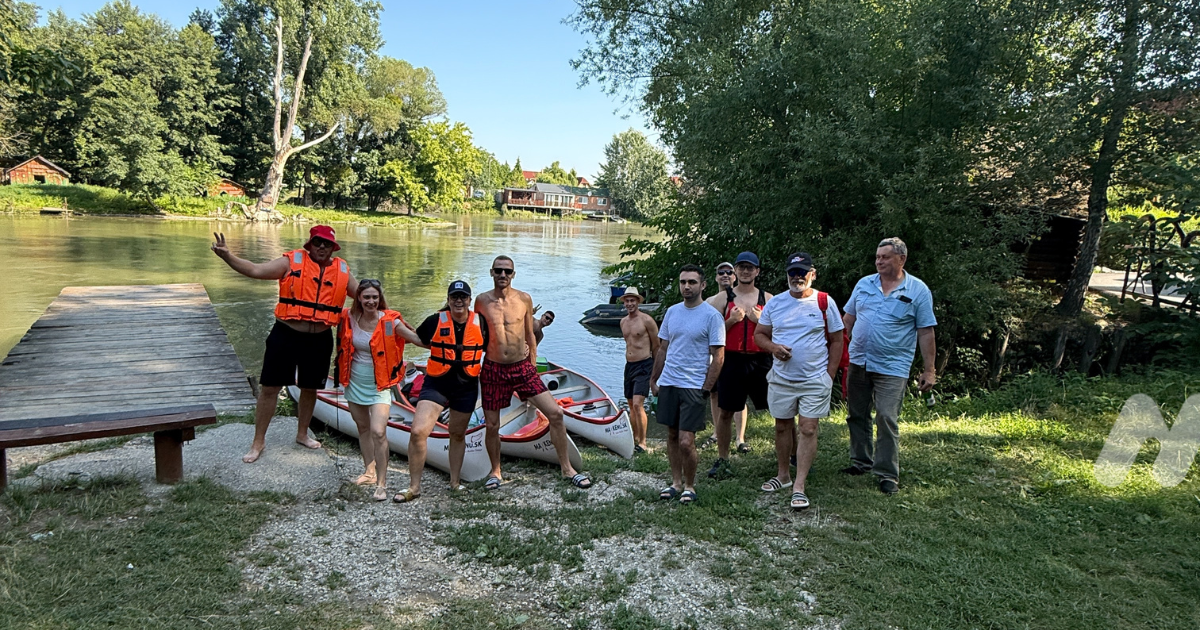From coffee in the kitchen to homologation: life in the MIP from the inside

Behind every bus or tractor that passes homologation is a team of people. They are not only engineers at computers, but also mechanics with their hands in the oil, project managers who meet deadlines, or colleagues who float the Little Danube together in the summer :).
Life in Mobility & Innovation Production is not about waiting for the future. It’s about creating it – step by step, day by day.
Morning in the workshop where ideas are born
It smells like coffee in the workshop in the morning. Someone still has a sleepy look, someone else has been solving the graph on the monitor for a long time. The engineers group around the prototype and a debate starts: “What if we had fitted this module differently?” From the outside, this moment would seem like a chaotic discussion, but it’s actually an engine of creativity. Everyone brings their perspective, and within moments a solution emerges, which is tested a few hours later.
From idea to prototype
Ideas don’t have a long life on paper with us. When a good concept comes along, it quickly gets a chance. First in a 3D model, then on the table. “Let’s give it a try,” says a colleague, and a few days later everyone is watching to see if the new configuration moves. That feeling when the prototype first comes to life is like watching a child take its first steps. A moment of tension, then excitement – and we’re already planning the next step.
Field tests – when theory meets reality
When the car first hits the road, the atmosphere is electrifying. The driver closes the door, the engine starts quietly and everyone waits. The screen flashes data – consumption, temperature, power. Everyone knows that this is where it becomes clear whether the weeks of work were worth it. And when the car is back and everything is working, the workshop is abuzz: laughter, relief and quick note-taking. Each test is a small marathon – it exhausts but also pushes you further.
Homologation – the final test of patience
Homologation is a chapter in itself. Everything has to fit to the last detail. The paperwork, the official tests, the waiting for the verdict. It’s a test of the patience of the whole team. But here comes the moment that is not to be forgotten – when the official “approved” is sounded. At that moment, everyone realises that hundreds of hours in the workshop, countless tests and debates have been translated into one word: success.
A company culture that keeps the team together
If we had to choose one word to describe life at MIP, it would be collaboration. Whether it’s finding a solution to a problem in prototyping or rafting the Little Danube in the hot summer – we are always in it together. Hierarchy is not a barrier for us, an idea can come from anyone. And that’s why we have the courage to do things that others consider impossible.
Conclusion
Life at MIP is not just about technology. It’s the story of people who believe they can change mobility. Every day we push the boundaries – from first design, through testing to homologation. And when we succeed, we celebrate not only the success of the project, but also the strength of the team behind it.
👉 If you enjoy technology and want to be part of the story, join us.
❓ FAQ
What does a typical day in MIP look like?
Every day is different, but it usually starts with breakfast and the smell of coffee in the kitchen.
Then people split up – some continue in the workshop with the prototypes, others sit at the computers and fine-tune the designs.
It alternates between technical work, testing and joint meetings, where new ideas and solutions are born.
What is the biggest challenge in developing emission-free drives?
The biggest challenge is to match technology with practice – to make the solution work not only in the lab, but also in real-life operation.
How long does it take to get a prototype to homologation?
Usually a few months. The process involves design, testing, modification and final testing according to strict European rules.
What makes MIP different from other companies?
We do not focus on one technology. We integrate tailor-made drives – from electric to hybrid to hydrogen.
And we do it in a way that makes sense for both the customer and the market.